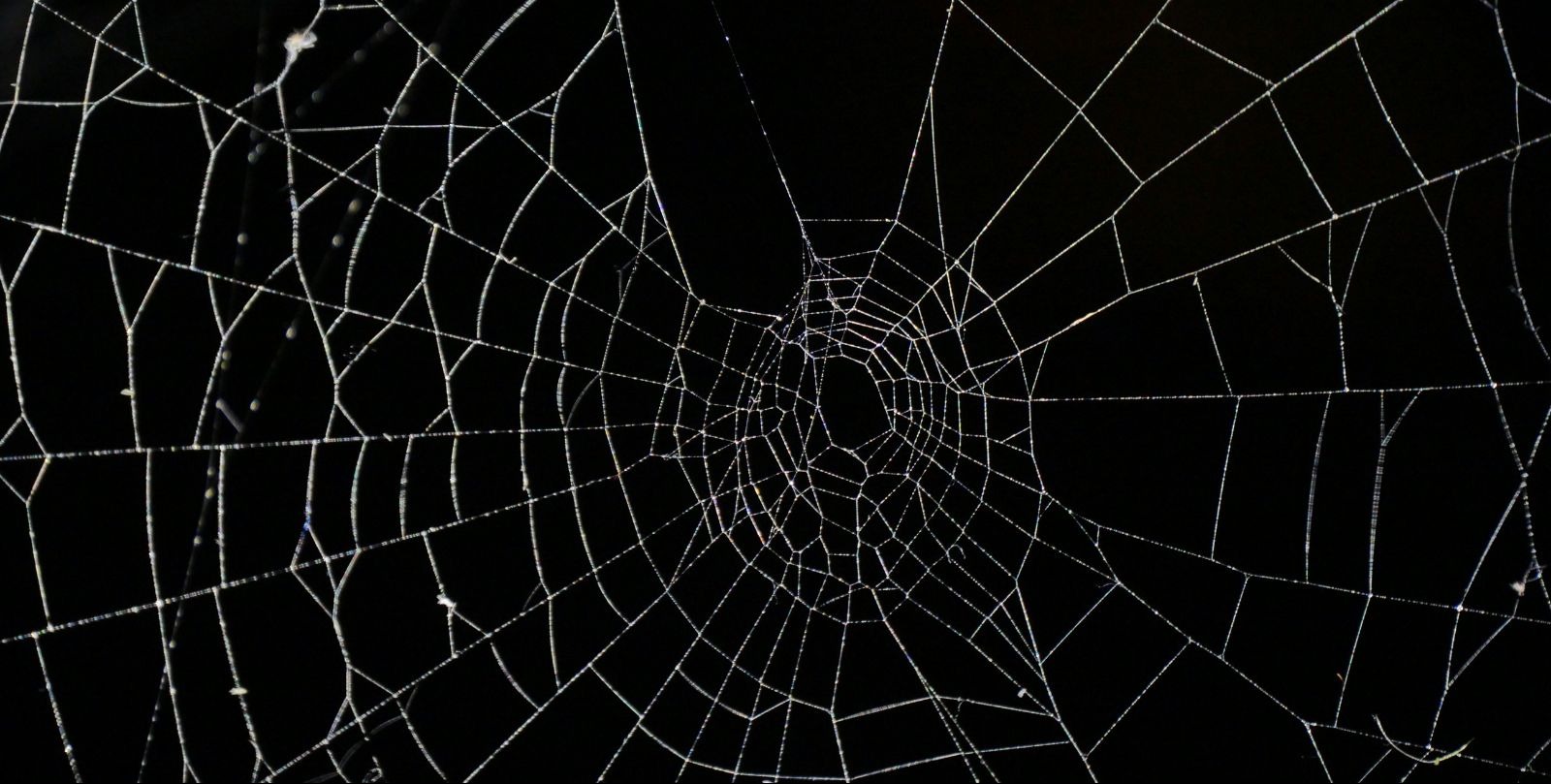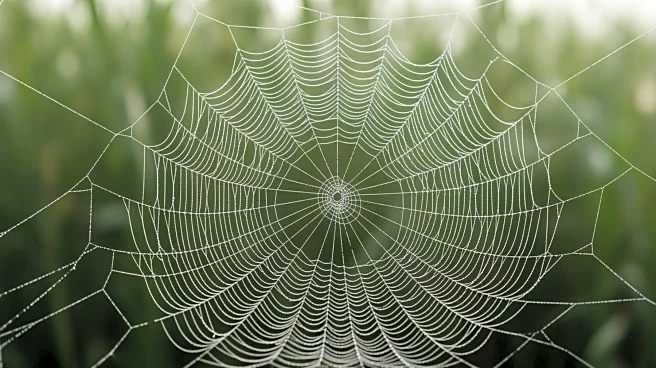What's Happening?
Researchers have documented a unique behavior among two species of Cyclosa spiders, which construct decoy spiders in their webs to mislead predators. These spiders, found in Peru and the Philippines, use silk, plant debris, and insect carcasses to create
imitation arachnids that resemble larger spiders. The decoys serve as a defense mechanism, potentially deterring attacks from birds and lizards. This discovery highlights the spiders' ability to adapt their environment for survival, showcasing a sophisticated form of mimicry and deception.
Why It's Important?
The study of Cyclosa spiders' decoy-building behavior provides insight into the evolutionary adaptations of arachnids and their strategies for survival. This research contributes to the broader understanding of predator-prey interactions and the role of mimicry in the animal kingdom. By examining these behaviors, scientists can gain a deeper appreciation for the complexity of ecological relationships and the innovative ways species adapt to their environments. The findings also underscore the importance of biodiversity and the need to preserve diverse ecosystems.
Beyond the Headlines
The discovery of decoy-building spiders raises questions about the cognitive abilities of arachnids and their capacity for problem-solving. This behavior suggests a level of environmental awareness and strategic thinking that challenges traditional views of spider intelligence. The study also highlights the potential for further research into the evolutionary pressures that drive such adaptations, offering new perspectives on the development of mimicry and deception in nature.















